By Steve Gencorelli
Hello, enthused helical pile advocates! Happy Turkey Day to you and your family from all of us at DANBRO!
Today’s topic is about establishing load test criteria through an ethical examination of proper pre-load test protocol. This topic is a reoccurring issue that needs some (under)ground rules.
There are three major areas of ethical concern that should be addressed before the Helical Pile Installer signs a contract to perform a load test. The key word is before. The value and importance of ALL parties understanding the criteria prior to signing on the dotted line is nothing more than a conscious monetary decision. Signing a contract before establishing criteria is like buying a stock without knowing its value or P/E ratio. An installer would be leaving a wide-open gap for engineers, owners, and others to cut into their bottom line. Below are three major areas of ethical concern that should be addressed before signing a contract:
- Load Criteria and Procedures
- All parties fully understand methods of execution.
- A written agreement on the method of analysis for the criteria.
ONE: Load Criteria and Procedures
Load criteria is a defined measurement that dictates the rating of the pile. It is a clear numerical value of resistance that is based on the engineer’s requirements, the building code, and industry standards. When we talk about rating a pile, we are talking about establishing a pile’s acceptable load, which means no pile will ever “fail.” The criteria determines this load and the procedures to conduct the load test and measure the results. Both are different and important issues.
The bottom line questions to ask the engineer and/or GC: What is the required criteria that will be the basis for rating the pile? What are the procedures that will measure this criteria?

TWO: All parties fully understand methods of execution.
The above listed load criteria and procedures have to be approved by all parties involved. This agreement should include the dreaded reality of having to de-rate a pile based on the load test. For example, do we redesign the pile at the expense of the installer? Does the engineer instead add piles to the design? Making these decisions prior to the load test will not leave any money on the table.
The bottom line questions to ask the engineer and/or GC: What happens if the pile is rated for less than the ultimate load? What is my cost responsibility if the pile has to be de-rated?
THREE: A written agreement on the method of analysis for the criteria.
Time and time again Steps ONE and TWO are agreed upon and Step THREE is not addressed! Not a thought is given to how we are going to analyze all of the data from the load test. There are more ways to analyze a load test than a quarterback has plays in his book. Typically, the analysis method is left up to the engineer who is signing and sealing the results; however, it does not have to be this way. The method can be determined and established by the installer, GC, etc. and the engineer can follow it. Now, I know some engineers might cringe at the idea of being told how to analyze a load test, but in reality, it makes their job easier and less risky! They know upfront what and how they are being asked to analyze. The engineer can simply choose to not take a project if they do not agree with the load test analysis method. That being said, the same few methods are generally used as an industry accepted standard. I encourage all engineers to read up on the many methods and get comfortable with various styles. When required to use a new method, perhaps run multiple methods to compare!
The bottom line questions to ask the engineer and/or GC: What is the industry accepted method that we are using to analyze the data? Can we look at the spreadsheet used for analysis? What is in the report that will be submitted to the GC?
Please note that DANBRO is always available to help with the three areas listed above and so much more. Do not hesitate to contact us with any questions!
_________________________________________________________________________
Steve Gencorelli, P.E. is Danbro Distributors’ resident Structural Engineer. He has designed buildings in over fifteen states on the east coast in the past twelve years, and is constantly developing innovative ways to use Helical Pier Systems. (Check out Steve’s imaginative analysis of building the Colosseum in Philadelphia!)
Read Steve’s other articles, “Helical Pile Engineering Responsibilities” and “Why Can’t We Give “Ball Park” Helical Pile Prices Based on Only the Load Requirement?” For technical information, questions, or assistance, please contact Steve at steve@danbro.com.





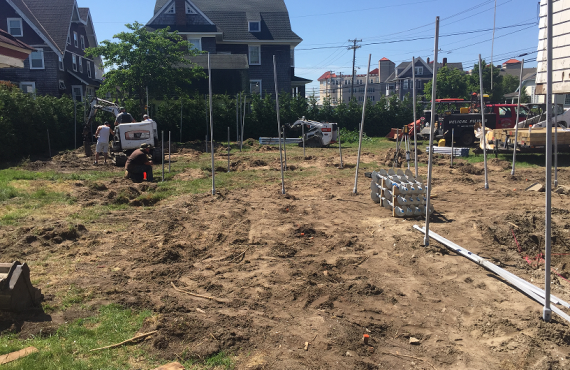

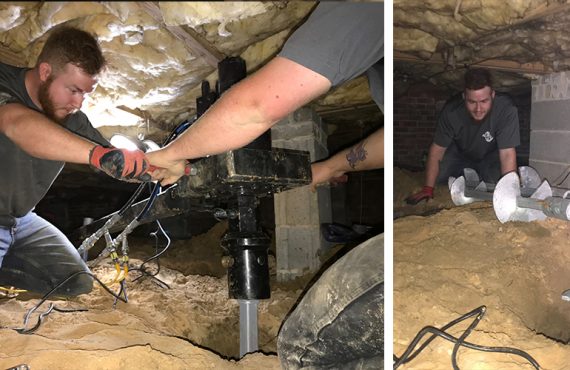
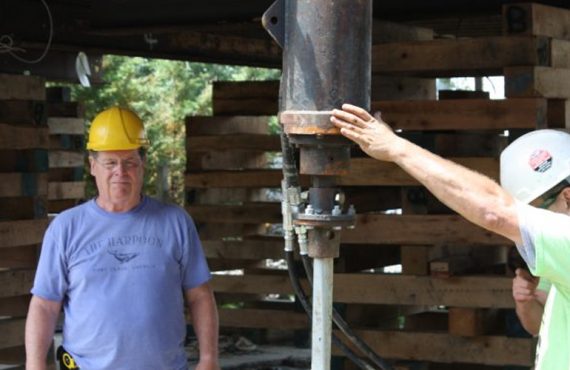

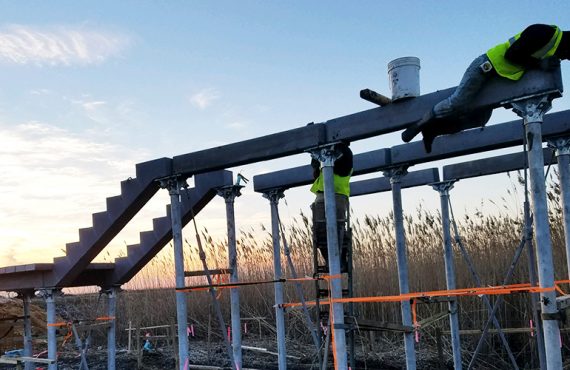
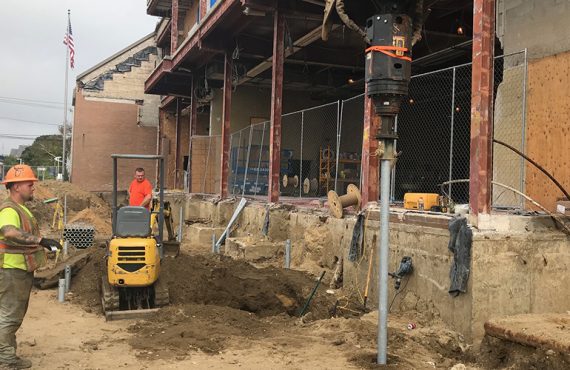
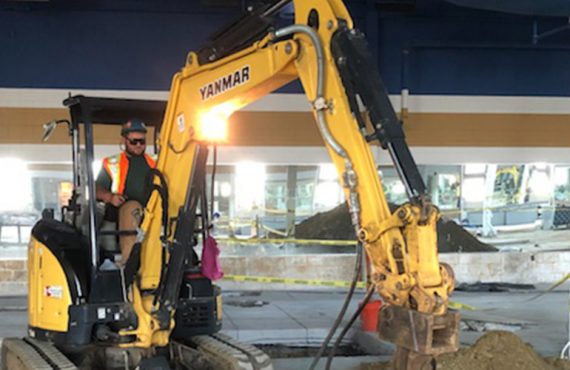

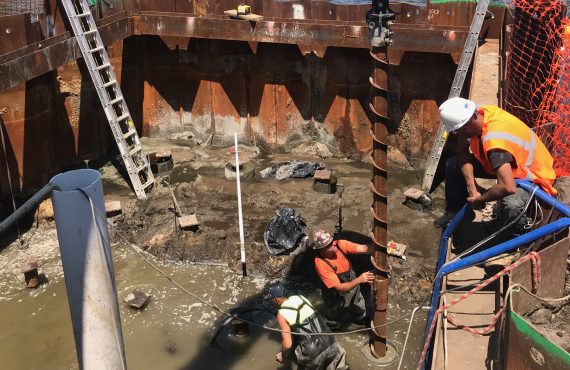
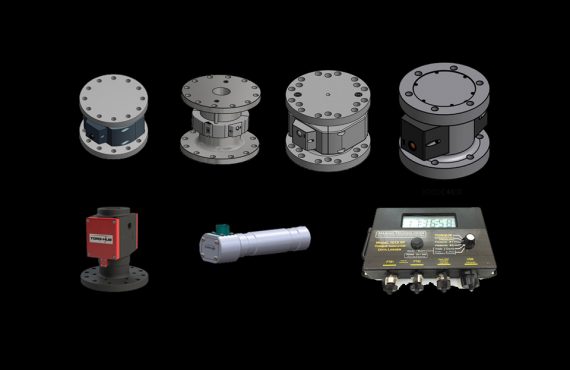
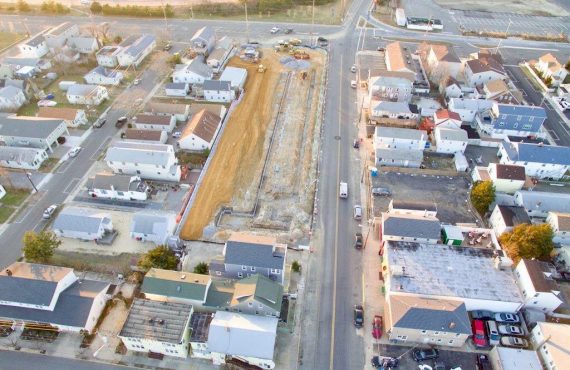



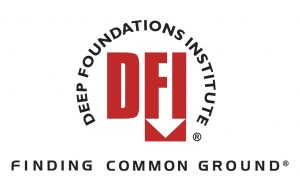
Nice information Steve….Good work.
Thanks Silvio
Steve, great article… NEED To get the specifies (arch/eng) to read this stuff !!
Mitch Camody
We are working on it Mitch! Thanks.
This is helpful info Steve. Thanks for compiling it.
Thanks Jeff… put it to some good use!
[…] Steve’s other articles on engineering responsibilities, ball park pricing, and load test criteria. For technical information, questions, or assistance, please contact Steve […]
[…] Steve’s other articles on engineering responsibilities, ball park pricing, load test criteria, and memorable projects. For technical information, questions, or assistance, please contact […]
[…] Steve’s other articles on engineering responsibilities, ball park pricing, load test criteria, memorable projects, and the torque-to-capactiy relationship. For technical information, […]
[…] Steve’s other articles on engineering responsibilities, ball park pricing, load test criteria, memorable projects, helical pile math, and the torque-to-capactiy relationship. For technical […]